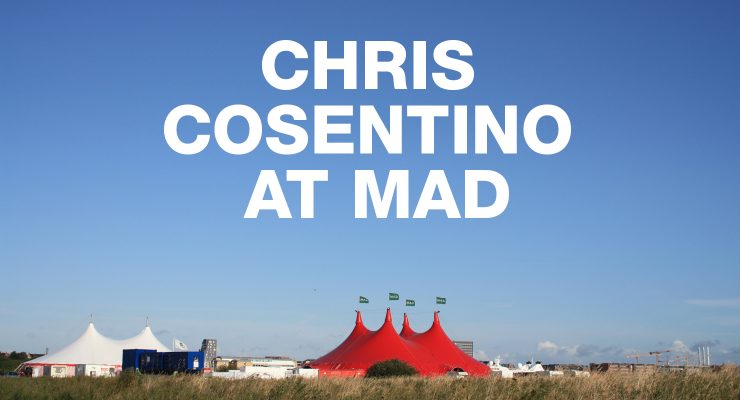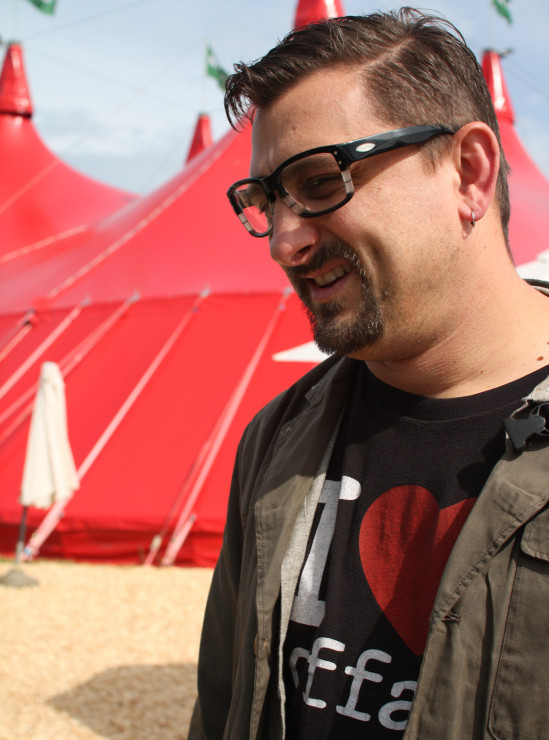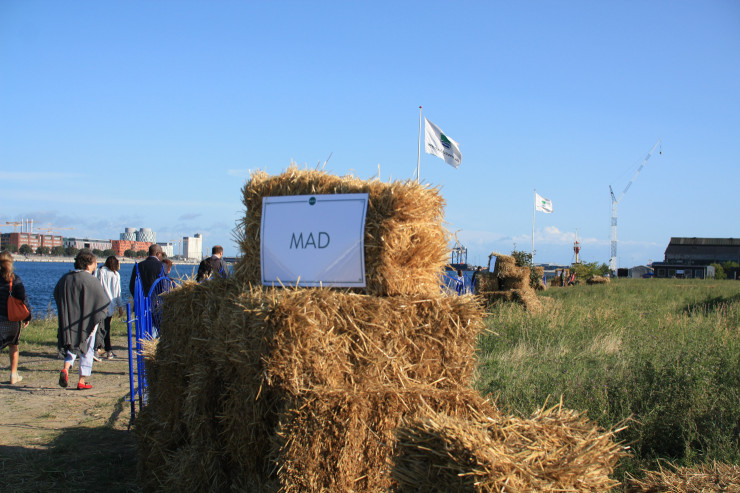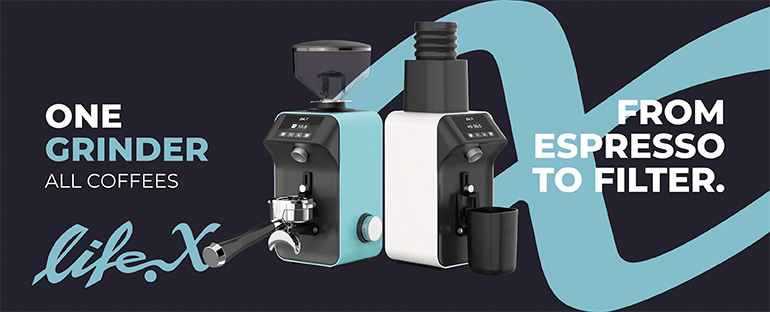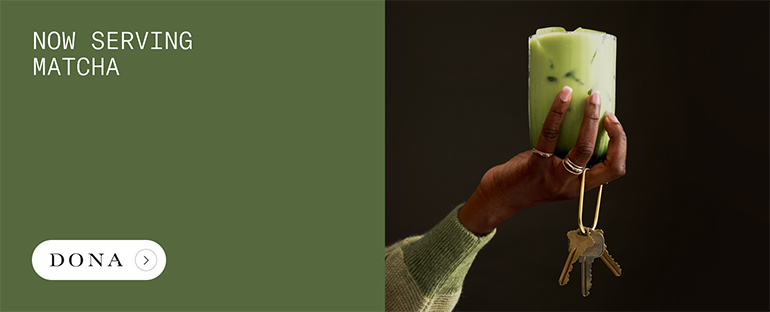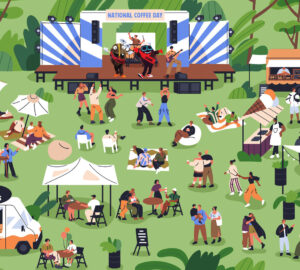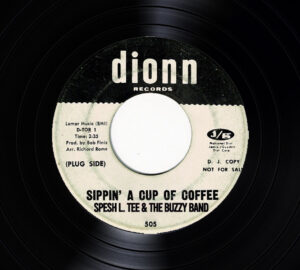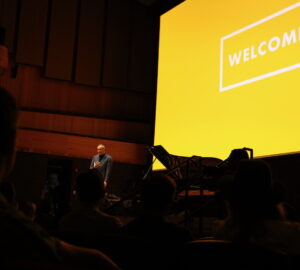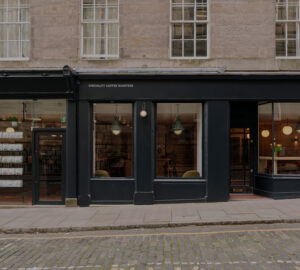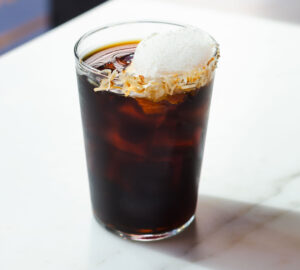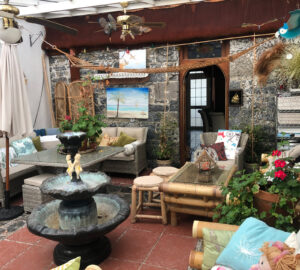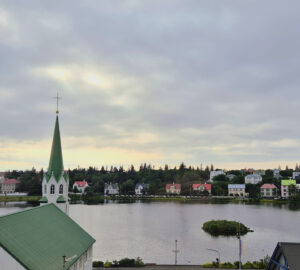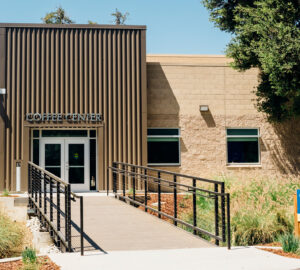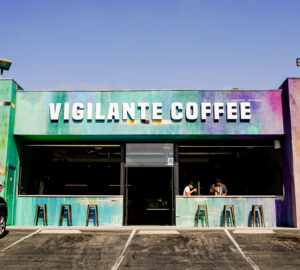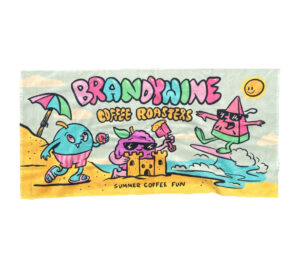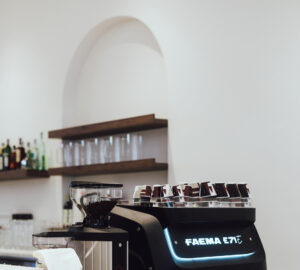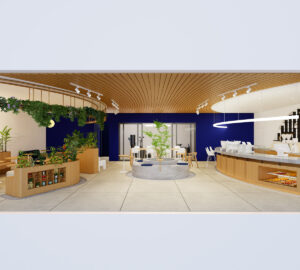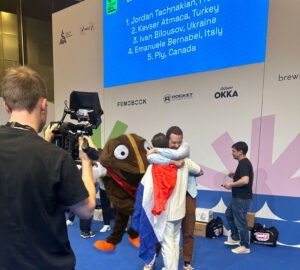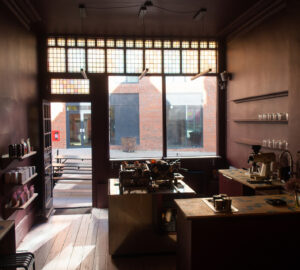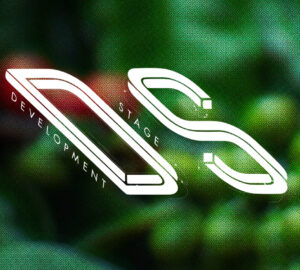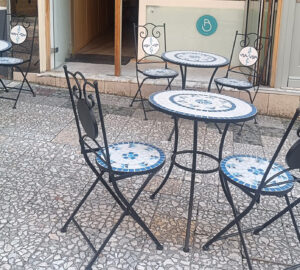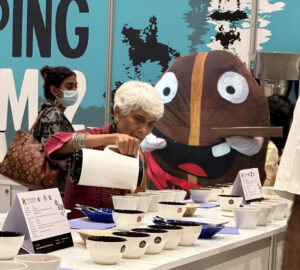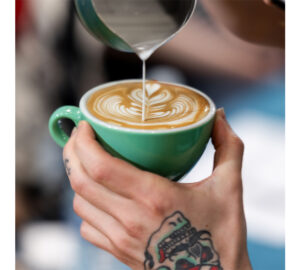This is the first in a series of articles from Sprudge at the fourth annual MAD Symposium, looking at the growing crossover between food and coffee.
MAD Symposium is a communal gathering of some of the world’s leading chefs and gastronomy enthusiasts that took place this past weekend in Copenhagen. The worlds of high-end food and coffee are becoming ever-more intertwined, so I journeyed from London to Denmark to cover this gathering of some of food’s best minds for Sprudge.com. The event centered around a number of talks on this year’s theme, ‘What Is Cooking?’—some heartbreakingly open and passionate, and all of them highly entertaining and educational. One of the most discussed presentations was from Chris Cosentino of Porcellino in San Francisco, who gave a talk entitled “Be Careful What You Wish For”. Cosentino’s talk was a moving expression of the cost of fame and the darker side of celebrity, based on his time as a Food Network star on shows like The Next Iron Chef and Chefs Vs. City.
Cosentino—an admitted coffee nerd—was kind enough to take a few minutes out before giving his speech to chat with Sprudge. Cosentino has been passionately enjoying coffee and expanding his knowledge of flavour for awhile, but he said that he’s seeing that appreciation spreading: “now it’s being treated like wine. For chefs it’s a new thing to think about, all those flavour notes.” However Cosentino isn’t just thinking about the flavour notes in coffee as a beverage, he’s also using it as an ingredient–in The Blue Bottle Craft of Coffee book, he contributed a recipe using fresh-ground Blue Bottle coffee as a marinade and stock-enhancer for boar.
Talking about the challenges of coffee in restaurants, he echoed a common refrain: “the cost can be prohibitive for a restaurant with everything else to take into consideration.” He has concerns– “you have to think about the finances, how to include all the costs involved,” plus how to explain to guests “why a cup of coffee costs what it does” in order to figure out how the expense of a four dollar espresso fits into the math of the food service. In a busy restaurant, this math includes not just the dollar costs, but the amount of time that must be invested in creating and maintaining an excellent coffee service.
When considering all of the costs and commitments that go into quality coffee service, from machines and maintenance to training and quality control, Cosentino said he has to focus on “what is going to be smart financially? It’s my business I have to think about, it’s a tough situation for everybody.” Especially when a chef doesn’t have the luxury of a dedicated staff person to oversee the coffee program, it can be a huge challenge. Ultimately, Cosentino says he’s faced with a frustrating choice: “I refuse to serve shit coffee, so I’m going to have to suck it up and sell good coffee anyway, or not at all; it’s just the nature of it.” In terms of actually choosing what good coffee to serve, he says “in my place, I would use local and small roasters–that’s how I buy food.”
When unbridled from the business concerns of his restaurant though, Cosentino’s coffee geekery is in full swing: “I drink a shit ton of it. I have every imaginable piece of equipment in my home. Y’know, everybody kinda laughs when they come over. I’ve got a Chemex, I’ve got a press pot, I’ve got an espresso machine, a cold brew station. I’ve got that crazy Japanese one, where you steam the coffee kinda, the syphon. I have a Mypressi to travel with, I have regular grinders, I have hand grinders—my wife is like ‘please no more, please no more coffee!’”
Within the bounds of a restaurant, making quality coffee can be a challenging thing, an involved undertaking that can be hard to make work financially. Cosentino was clearly frustrated by this, and maybe even a bit apologetic–he knows the extra level of responsibility entailed in serving great coffee to a guest, and his own appreciation for coffee is only getting deeper. Cosentino says there’s always more for him to learn, and always ways he can improve the coffee he serves guests, but that for him drinking coffee at home, amidst his plethora of gadgets, is a wonderful indulgence: “The way I see it is the coffee culture has become like tattoo culture—once you start, you just can’t stop.”
Nico Halliday is a Sprudge.com contributor based in London. Read more Nico Halliday on Sprudge.











